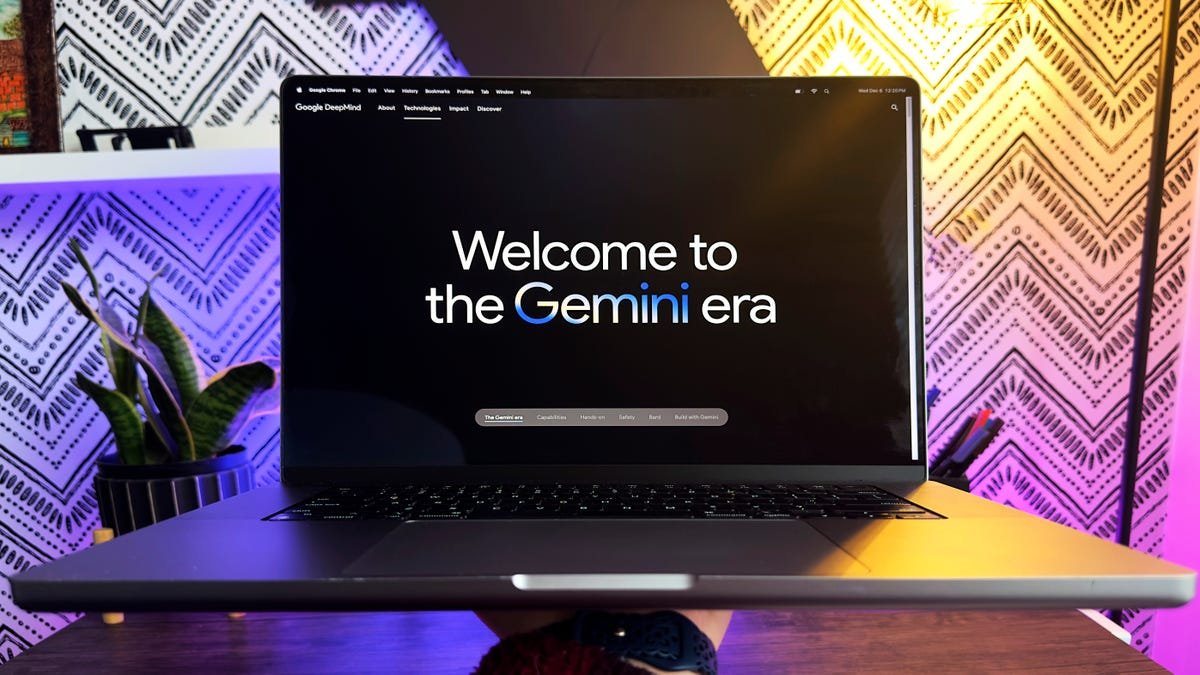Tencent’s ArtifactsBench: Revolutionizing AI Evaluation for Creative Coding
Introduction
In an era where artificial intelligence (AI) is transforming various industries, Tencent has unveiled a groundbreaking benchmark known as ArtifactsBench. This innovative tool addresses long-standing issues in evaluating creative AI models, particularly when it comes to their ability to generate user-friendly and visually appealing applications. Have you ever interacted with an AI-generated webpage that functioned but lacked aesthetic appeal? If so, you’re not alone. This article delves into how ArtifactsBench aims to bridge the gap between functionality and user experience in AI-generated code.
Understanding the Challenge in AI Development
The Quest for Good Taste in AI
As AI continues to evolve, one of its most significant challenges remains: instilling a sense of "good taste." Many existing AI models can produce code that works, but they often miss the mark when it comes to user experience. For instance, buttons may be poorly positioned, color schemes may clash, and animations can feel awkward. This highlights a crucial gap in the current approach to testing AI capabilities, particularly in creative applications.
Traditionally, AI has been evaluated on its ability to write functionally correct code. However, these assessments often fail to consider the visual fidelity and interactive integrity essential for modern user experiences. This is where ArtifactsBench comes into play.
Introducing ArtifactsBench: The Automated Art Critic
A Novel Approach to AI Evaluation
ArtifactsBench is not merely a testing framework; it serves as an automated art critic for AI-generated code. This benchmark aims to evaluate AI models on their creative outputs by analyzing a range of tasks that encompass both functionality and user experience.
How Does ArtifactsBench Work?
Task Selection: The benchmark presents the AI with a catalog of over 1,800 diverse challenges. These tasks range from creating data visualizations to developing interactive mini-games.
Code Generation: Once the AI generates the code based on the selected task, ArtifactsBench automatically builds and executes it within a secure, sandboxed environment.
Performance Evaluation: During execution, ArtifactsBench captures a series of screenshots over time, allowing it to monitor animations, state changes, and user interactions.
- Judgment by Multimodal LLM (MLLM): After gathering evidence—including the original request, the AI’s code, and the screenshots—the framework hands everything over to a Multimodal LLM, which acts as a judge. Unlike traditional models that offer vague opinions, this MLLM employs a detailed checklist across ten metrics, including functionality, user experience, and aesthetic quality.
Consistency in Judgments
The results from ArtifactsBench are promising. In comparisons with WebDev Arena, a platform where real humans evaluate AI creations, ArtifactsBench achieved a remarkable 94.4% consistency in rankings. This marks a significant improvement over older automated benchmarks, which only managed around 69.4% consistency. Moreover, the framework’s assessments showed over 90% agreement with professional human developers.
Evaluating Top AI Models: Tencent’s Findings
Insights from Real-World Testing
Tencent’s rigorous testing of over 30 leading AI models yielded intriguing results. Although top commercial models like Google’s Gemini-2.5-Pro and Anthropic’s Claude 4.0-Sonnet performed well, the tests revealed a surprising trend.
Contrary to expectations, specialized AI models designed for coding did not outperform generalist models. For instance, the Qwen-2.5-Instruct, a general-purpose model, surpassed its specialized counterparts, Qwen-2.5-Coder and Qwen-2.5-VL. Researchers concluded that effective visual application development requires a blend of skills, including robust reasoning, nuanced instruction-following, and a sense of design aesthetics.
The Future of AI in Creative Coding
Measuring Progress Towards User-Centric Design
Tencent envisions ArtifactsBench as a reliable tool to evaluate AI’s ability to create applications that are not only functional but also aligned with user expectations. As AI technology continues to advance, tools like ArtifactsBench will play a pivotal role in shaping the future of creative AI development.
Conclusion
Tencent’s ArtifactsBench represents a significant leap forward in the evaluation of AI-generated creative outputs. By focusing on both functionality and user experience, this benchmark paves the way for more sophisticated and user-friendly AI applications. As we look ahead, the ability to assess AI models on their design aesthetics and usability will be crucial in ensuring that technology meets the needs and preferences of its users.
Frequently Asked Questions
What is ArtifactsBench?
- ArtifactsBench is a benchmark introduced by Tencent to evaluate AI models on their ability to generate user-friendly and visually appealing applications.
How does ArtifactsBench ensure fair evaluations?
- It uses a Multimodal LLM (MLLM) that scores outputs based on a detailed checklist covering functionality, user experience, and aesthetic quality.
What types of tasks does ArtifactsBench cover?
- The benchmark includes over 1,800 tasks, ranging from building data visualizations to creating interactive mini-games.
How consistent are the results from ArtifactsBench compared to human evaluations?
- ArtifactsBench achieved a 94.4% consistency in rankings when compared with human evaluations on platforms like WebDev Arena.
- What implications does ArtifactsBench have for future AI development?
- By emphasizing user experience and design aesthetics, ArtifactsBench could lead to the development of AI applications that better meet user needs, driving innovation in creative coding.
This comprehensive overview of Tencent’s ArtifactsBench not only highlights its significance in the AI landscape but also addresses key user concerns and expectations, positioning it as a valuable resource for developers and tech enthusiasts alike.







